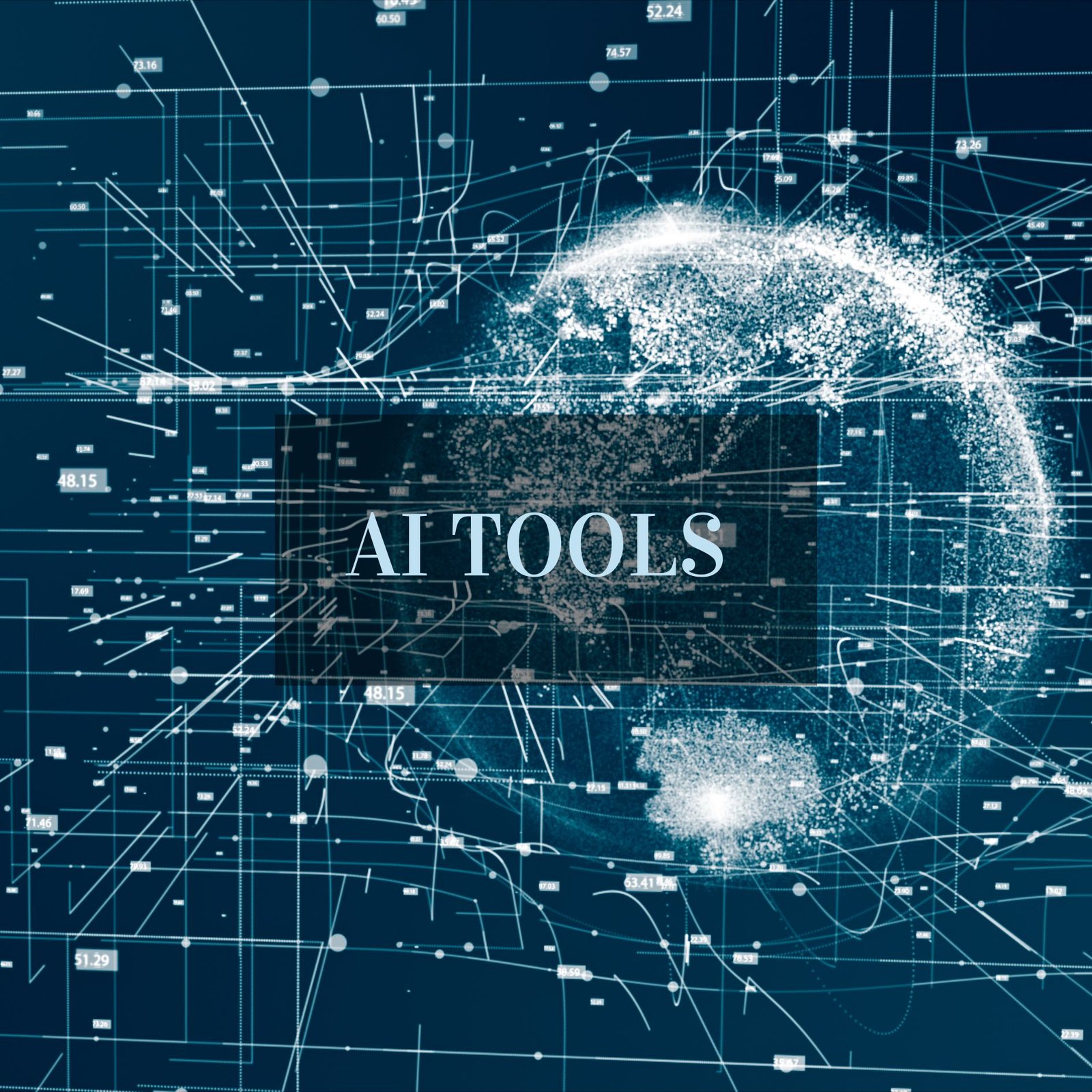Table of Contents
Introduction
Google recently introduced a new AI-driven educational tool designed to reshape student learning by making it more engaging, interactive, and personalized. This tool integrates advanced artificial intelligence to address diverse student needs, catering to varying learning styles and academic challenges.
Key Features of Google’s AI-Powered Learning Tool
1. Adaptive and Interactive Learning Environment:
Google’s AI tool stands out by adapting to individual student needs. Through its sophisticated algorithms, it personalizes the learning experience, identifying and tailoring content to align with a student’s learning style and academic level. This customization not only makes learning more approachable but also accommodates different paces and preferences, which is particularly helpful for students with unique educational needs.
2. Comprehensive Educational Resources:
The tool provides a wealth of multimedia resources, including video tutorials, quizzes, and hands-on simulations that encourage active participation. Complex topics like math, science, and language arts are broken down into digestible formats. Video tutorials make it easier to visualize challenging concepts, while interactive quizzes and simulations create a more immersive experience that reinforces understanding through practice. By combining various media forms, Google’s tool addresses different learning modalities, whether students are visual, auditory, or kinesthetic learners.
3. Instant, Real-Time Feedback:
One of the tool’s core features is its real-time feedback functionality. When students complete assignments or quizzes, they receive immediate responses on their performance. This instant feedback provides a chance to understand and correct errors as they happen, making it easier to grasp complex concepts and reinforcing correct approaches. This helps students become more self-aware and independent, fostering a proactive approach to learning.
4. Detailed Progress Tracking:
Google’s learning tool includes a robust progress-tracking system. By continuously recording and analyzing student performance, it offers insights into areas where students are thriving and identifies subjects where they may be struggling. This data-driven approach not only helps students focus on areas for improvement but also provides educators and parents with valuable information on student progress, helping to customize learning pathways further.
5. Collaboration and Peer Engagement:
Emphasizing the importance of collaboration, Google’s tool includes options for students to work together on projects, engage in discussions, and exchange ideas. This collaborative functionality is essential for skills like teamwork, communication, and problem-solving, which are crucial in both academic and professional settings. Additionally, the tool incorporates communication channels, enabling students to reach out to peers and teachers for support and feedback, creating a learning community.
6. Support from AI-Powered Tutors:
To assist with challenging topics, Google’s tool includes an AI tutoring component. These Artificial intelligence driven tutors provide guidance and explanations on difficult subjects, helping students navigate complex issues without requiring constant teacher intervention. This feature is especially beneficial for students who need extra help, as it offers on-demand assistance that is accessible anytime, supporting learning outside of traditional school hours.
Impact on Modern Education
This Artificial intelligence based tool has the potential to significantly influence education by addressing various challenges within the traditional learning model. By making learning more interactive and customized, it can help engage students who may struggle in conventional classrooms. The tool’s ability to adapt to each student’s unique needs and provide personalized learning journeys fosters a more inclusive educational experience.
Teachers can benefit, too. With real-time insights into student performance and areas of struggle, they can better tailor their instruction and provide targeted support. This is particularly valuable in large classes, where personalized attention is often difficult to achieve. By automating specific instructional processes, the tool can help reduce teachers’ workload, freeing up time for more hands-on guidance and support.
Parents, likewise, can gain a clearer understanding of their child’s progress and areas that may require additional focus. The tool’s progress reports serve as a transparent way to track learning outcomes and achievements, creating a more collaborative relationship between students, parents, and educators.
Advantages of AI in the Classroom
The adoption of AI tools in education can enhance accessibility, enabling learning that isn’t restricted to specific schedules or physical locations. This flexibility is precious for students who may need additional support outside traditional classroom hours or those in remote or underserved regions. Moreover, the AI-driven approach encourages a more self-directed learning style, empowering students to take control of their education.
Addressing Concerns and Ethical Considerations
As with any technology, implementing AI in education comes with considerations. Privacy and data security are paramount, as student data needs to be handled responsibly. Google’s tool will need to ensure compliance with privacy standards and be transparent about how data is collected and used. Additionally, while AI can provide valuable support, there’s a need to maintain a balance, ensuring technology supplements but does not replace human educators, preserving the relational and empathetic aspects of teaching.
Conclusion
Google’s new AI-based learning tool represents a forward-thinking approach to modern education. By merging advanced technology with the essential elements of effective learning—interaction, feedback, support, and progress tracking—this tool has the potential to transform classrooms and make learning more accessible and practical. As AI continues to evolve, tools like these could become integral parts of the educational system, supporting students in reaching their full academic potential.
Through this Artificial intelligence tool, Google demonstrates a commitment to making quality education more engaging, personalized, and accessible for a diverse student body. It highlights a promising future where AI-powered resources and human instruction can work in harmony to create a more equitable and enriching learning experience.









